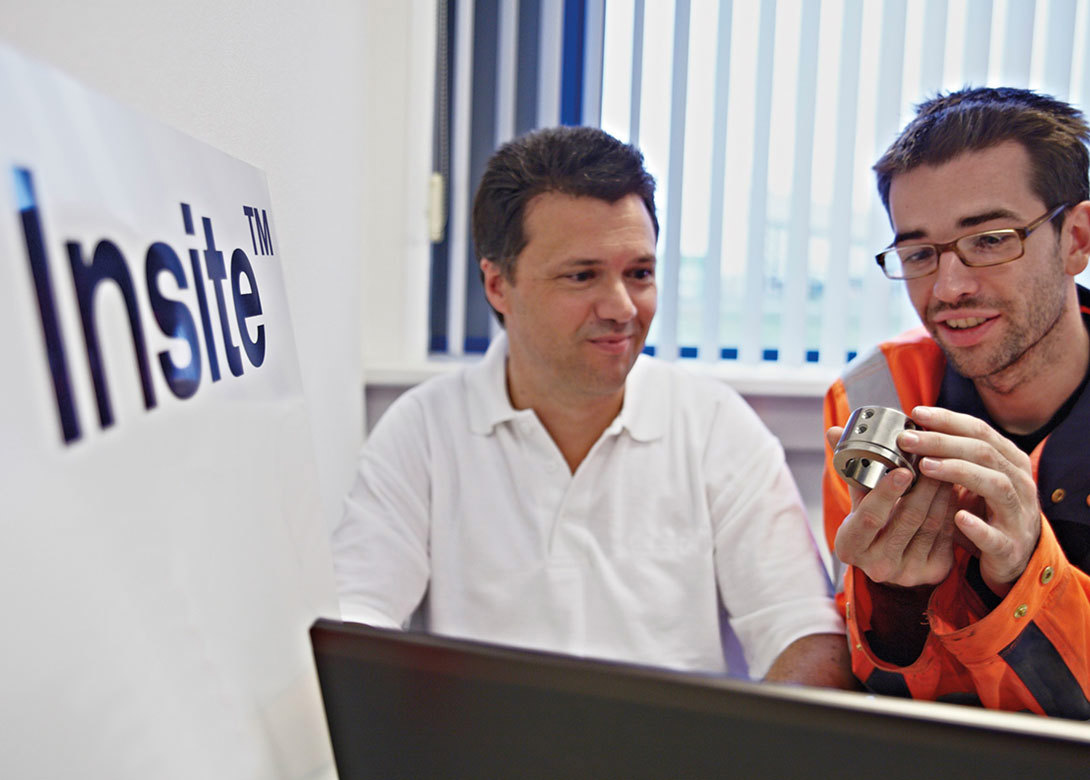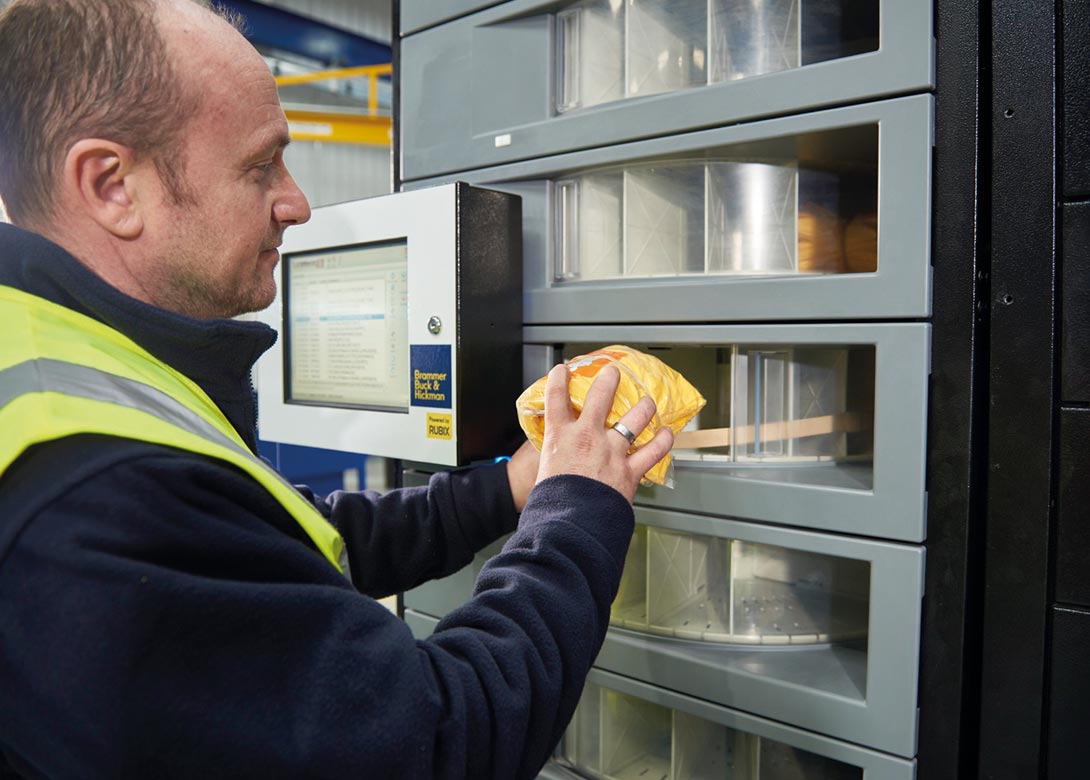
By Jamie Mitchell, key account director, Brammer Buck & Hickman
When it comes to managing maintenance, repair and overhaul (MRO) products, many organisations go down the traditional route of in-house stores management. This includes ordering MRO supplies directly from manufacturers or through a distributor to then be collected from a local branch or delivered to which site.
However, management of the on-site store often results in issues, including diverting resources from the main business. To avoid this, some companies hand over inventory management to a third party. For larger companies, a further option is available in the form of an MRO consolidator which can provide services and dedicated personnel on-site.
What is an MRO consolidator?
An MRO consolidator is a third party that aims to consolidate and streamline MRO processes within a business. Embedding itself into the heart of a company, a good MRO consolidator integrates into a business and becomes an extension of the team. It also delivers all the benefits of an MRO distributor’s branch on-site, including high-levels of customer service and
year-on-year cost saving delivery, through vendor optimisation and a reduction in the purchasing and transaction costs associated with indirect supplies; all with a single point of contact for orders and customer service enquiries.
As a part of Brammer Buck & Hickman’s Vendor Managed Services, the company offers a fully customisable MRO solution named Insite™ and currently has 99 Insite locations within the UK, with those located in key customer sites having saved GB£3.6 million (€4.1 million) in the last 12 months.
Roles of an MRO consolidator
There are four main types of work that an MRO consolidator will carry out. These are divided into core activities – performance measurement, supplier management and other services.
Core activities include product identification, order handling and expediting, as well as parts standardisation, technical support and supplier management. MRO specialists help by proactively identifying cost saving opportunities across these areas.
Performance measurement involves monitoring progress against agreed KPIs and objectives, including service level agreements and the measurement of cost savings against achieved targets. This gives total transparency over performance. Supplier management focuses on dealing with technical specialists, supplier engineers and regional teams, as well as supply chain partners.
There are many other services that an MRO consolidator can potentially perform depending on client requirements. These include store design and restructuring, providing and managing MRO e-commerce sites and online catalogues from which to order, employee training, condition monitoring, and designing and implementing improvement projects. These can bring lasting benefits to a business.

Pros and cons of an MRO consolidator
There are many advantages of implementing an MRO consolidator onto a site, with the biggest being the saving of time and money. This factor is what draws most people into the idea of employing a service of this kind. With the right company, you can expect to see high-level cost savings as well as a reduction in downtime and processing. Alongside this factor, clients are also most likely to experience an increase in productivity as company processes are streamlined.
Another very important factor is the dedicated resources that can be received on-site. Usually, there will be a dedicated individual or team working on-site. This will allow businesses to establish a relationship with not just a company, but a person who can get to know an organisation in-depth and ensure the service is completely tailored to their needs.
Most consolidators sell based on unit cost savings and supplier reduction, but without engineering expertise, this is short sighted. If the supplier understands a business and its processes, it is more likely to see value creation through continuous improvement.
Whilst the advantages mostly outweigh the disadvantages, there still are a few factors a business needs to consider when looking to implement a service of this kind. The main one is the length of the contract. For a service of this sort, businesses can expect to be tied into a contract for a minimum of three years. There is also the potential to damage relationships with existing suppliers who may be cut out of the supply chain by the MRO consolidator. Lastly, there is the cost of this kind of service.

Implementing an MRO consolidator
Here are the five steps a business should take to a successful MRO implementation:
Remember, if you’re thinking of implementing an MRO service provider, it’s vital to do research. The service has got to work for the business, otherwise the kind of cost savings expected might not happen. Ensuring regular communication is maintained is paramount, as well as that all important upkeep of a good relationship.
Brammer Buck & Hickman is a UK-based supplier of MRO products and services. A key solution for MRO procurement and management is its Insite service – effectively a dedicated branch housed within a customer site geared entirely to meeting the needs of an organisation.


Having spent a decade in the fastener industry experiencing every facet – from steel mills, fastener manufacturers, wholesalers, distributors, as well as machinery builders and plating + coating companies, Claire has developed an in-depth knowledge of all things fasteners.
Alongside visiting numerous companies, exhibitions and conferences around the world, Claire has also interviewed high profile figures – focusing on key topics impacting the sector and making sure readers stay up to date with the latest developments within the industry.
Don't have an account? Sign Up
Signing up to Fastener + Fixing Magazine enables you to manage your account details.